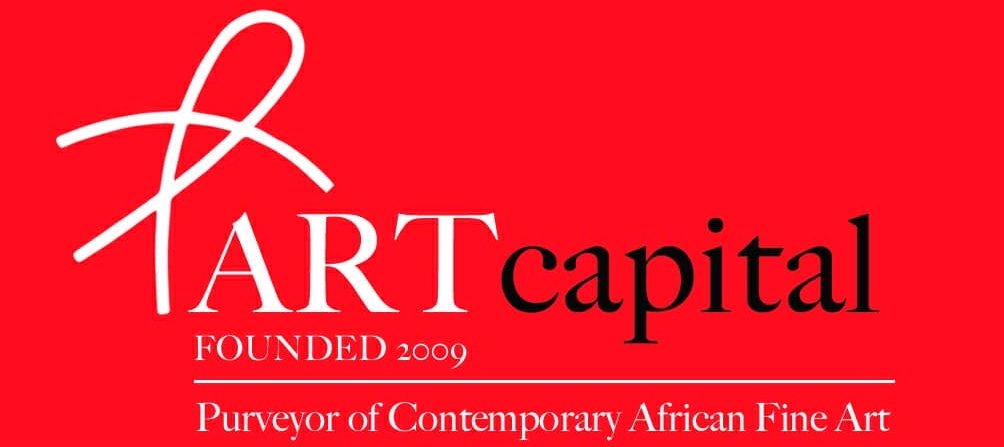[HIGHLIGHTS AS LESLEY LOKKO CURATES THE VENICE ARCHITECTURE BIENNALE.]
Resource extraction, bodily and mineral, is a recurring theme.
It is poetically explored by Zimbabwe-born designer Thandi Loewenson in a series of carvings, etched into slabs of industrial graphite, which hang on the wall of the central pavilion like a shimmering apparition.
Alongside a video, her piece investigates the mechanisms of mining graphite, used in the production of lithium-ion batteries and driven by insatiable demand for electric vehicles in the global north.
“In the transition to renewable energies for some,” she writes, “new sites of extraction, exploitation and expropriation are forged for others.”

[****Screen at the Biennale from multiple fused sources created by the Brazilian-Paraguayan architect Gloria Cabral and Congolese artist Sammy Baloji, with Martinique-born Franco-American art historian Cécile Fromont,
The rugged aggregate is demolition waste salvaged from Brussels, the imperial Belgian capital partly built on the brutal rape of the Congo****]
Spanish architect Andrés Jaque, working with a group of South African activists, picks up similar themes in an immersive, narrated installation in the Arsenale, challenging what they call architecture’s “problematic addiction to shininess”.
They put New York’s Hudson Yards, a billionaires’ playground where haircuts cost $800, in their line of fire, explaining how the slick corporate mirage is the product of “transnational extractivism”.
The buildings’ stainless steel cladding, they argue, is only made possible by the large mobilisation of chromite, extracted from the earth of the Great Dyke of Zimbabwe.
Its shine is produced by the abrasive properties of ilmenite, mined from Xolobeni on the Eastern Cape of South Africa, while the project was built on railway lands, which used cobalt extracted from the Nyungu mines of Zambia.
The manufactured shininess, they reveal in an animated tableau, is created at the expense of a lifetime of toxic dustiness on the other side of the planet.

………Nearby, David Adjaye, the Ghanaian-British architect, presents a roomful of models of his office’s current projects, ranging from 100 hospitals in Ghana, to burial grounds in Barbados, to the giant (and controversial) national cathedral in Accra.
The room comes as a refreshing salve – ah, real buildings at last! – although the slick presentation neatly airbrushes over some of the contested contexts from which these projects emerge.
They could do with being viewed through a more probing political lens, which is evident elsewhere, rather than being presented as purely formal exercises.
OLIVER WAINWRIGHT.
*****the full article is available here https://www.theguardian.com/culture/2023/may/19/the-toxic-landscape-of-colonialism-venices-architecture-biennale-spotlights-africa
The exhibition is open from 20 May to 26 November 2023.
